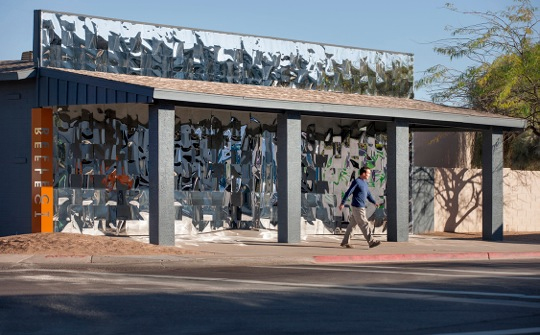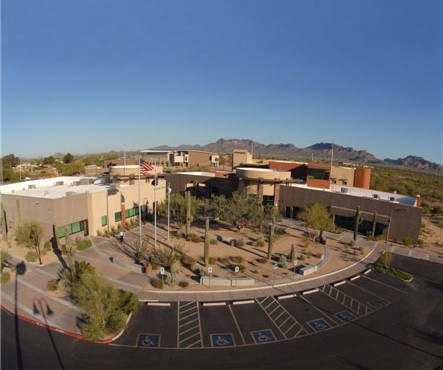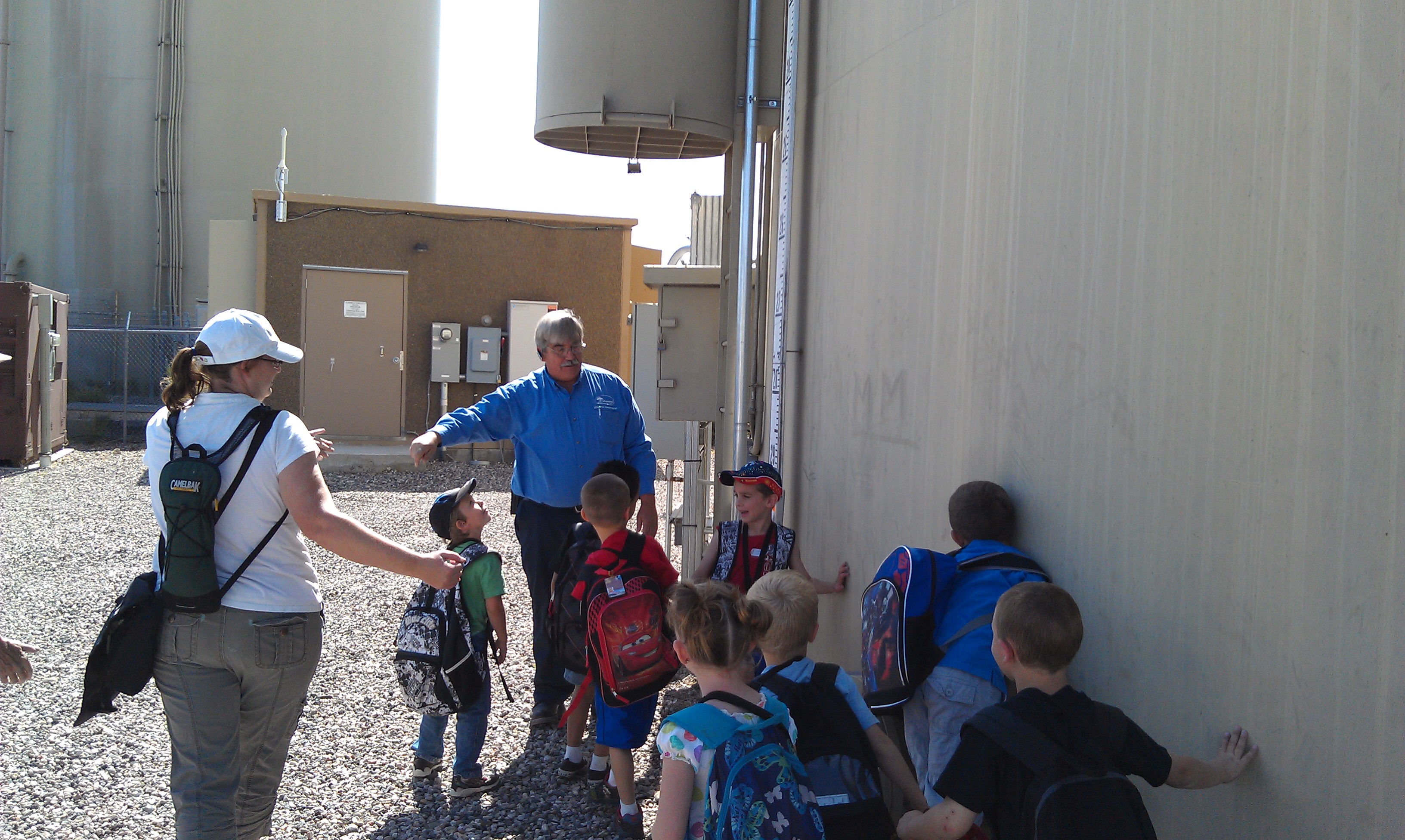NerdWallet, a consumer advocacy website, analyzed national and statewide data to determine the best places in Arizona for young families. The results are below. You can also find more information on how these cities were ranked here: http://www.nerdwallet.com/blog/2013/best-towns-arizona-young-families/
1. Oro Valley
Oro Valley is a dynamic center of education and research. The town is home to a dozen high-tech firms, emerging as a regional center for the biotech industry and providing for lucrative employment opportunities. Oro Valley is distinguished by attractive qualities such as a median household income that is nearly 50% higher than the US median, a #1 FBI safety ranking in the state of Arizona and an excellent school district. Oro Valley’s BASIS Charter School is regularly ranked as one of the top ten high school programs in the country. Its students consistently outperform on both the statewide and national levels and go on to attend outstanding universities.
2. Scottsdale
Scottsdale is home to some of the country’s most gorgeous golf courses, an excellent school district and fantastic shopping. A number of its schools have earned top honors from the state government: Arcadia H.S., for example, was deemed “excelling” by the Arizona Department of Education. Beyond its great schools, Scottsdale is well known as a vacation hot spot and for all of the accompanying amenities. The city is fourth after only New York City, Las Vegas and Atlanta for the most five-diamond hotels in the country and boasts the highest number of destination spas per capita of any city in the U.S. Residents enjoy the city’s abundance of upscale restaurants, nightlife, art galleries and luxury shopping.
3. Buckeye
As one of the fastest-expanding suburbs over the last decade, Buckeye seemed to pop up overnight, with exponential economic growth and 22 master planned communities, expected to house more than 400,000 people by 2030. Family life today is already bright, too. Buckeye celebrates Countryfest in the fall, Pioneer Days in the spring, and a Fourth of July party in the summer. The town is also committed to maintaining its green spaces, with tree-planting initiatives, therefore earning the title of Tree City USA from the National Arbor Day Foundation.
4. Peoria
A major suburb of Phoenix, Peoria is considered a city with potential for advancement. It is the proud home of Lake Pleasant and its accompanying regional park, locally known as a “jewel in the desert”, boasting 10,000 acres of water, two marinas and boat and watercraft rentals galore. The park provides for exceptional recreational opportunities, including an extensive trail system for biking, camping and hiking; archaeological sites and even gliding lessons from the Turf Soaring School. Additionally, the city has an eye on glamorous high-end waterfront development and has already gained recognition as an educational destination for accommodating the Challenger Space Center, which hosts stargazing events and space-flight simulations.
5. Chandler
Chandler is a prominent suburb of the Phoenix metro area, with an impressive draw for high-tech career seekers. Its advanced computer-manufacturing industry, with Intel as Chandler’s top employer, attracts skilled workers from the area’s top universities and stimulates city growth and a healthy economy. Apart from its job opportunities, Chandler is also famous for its Ostrich Festival. During the 1910s, the city’s economy was sustained on ostrich farms to fulfill a demand for plumes used in women’s hats. Although that demand has now dwindled, Chandler commemorates its quirky origins with an annual celebration.
6. Sierra Vista
True to its name, which translates to “mountain view”, Sierra Vista is a haven for hikers, campers and all-around nature lovers. Bordering the city are the majestic Huachuca Mountains, rising nearly 10,000 feet above sea level, and the Miller Peak Wilderness area, which provides spectacular views. Other outdoor attractions include theKartchner Caverns, the Coronado National Forest and the Ramsey Canyon Preserve, a famous bird-watching attraction. In fact, Sierra Vista carries the nickname Hummingbird Capital of the United States since bird watchers from all around the world flock to observe and photograph hundreds of bird species.
7. Lake Havasu City
A popular tourist destination year-round, it seems that Lake Havasu City has something for everyone. In spring months, the city is joined by university students who seek out the city’s uplifting vibe, calm waters and warm beaches. Due to its lakeside location, Lake Havasu City is home to an abundance of water sports and boating competitions, including the International Jet Sports Boating Association World Finals. Additionally, many events center around the city’s central attraction, the London Bridge—a bridge that was actually imported from London’s Thames River in 1971. The bridge is incorporated into the city’s triathlons and marathons and makes for the perfect viewpoint for the Havasu Balloon Festival & Fair.
8. Gilbert
The town of Gilbert boasts a small-town feel with big-city appeal: its friendly community and safe neighborhoods are complemented by its progressive school districts and general appreciation for education. The Gilbert Public Schools District, for instance, employs the highest number of National Board Certified Teachers in the state: that’s 105 teachers who are recognized for their excellence and commitment to their profession.
9. Prescott
Prescott’s downtown has regularly been recognized for its beauty. Its Courthouse Plaza stands alongside Central Park and Santa Monica Beach as one of the Great Public Spaces in the United States, according to the American Planning Association. Seven out of eight of Prescott Unified schools earned a letter grade of “B” or higher on theDepartment of Education’s statewide assessment of Arizona schools. This assessment is a comprehensive look at academic performance: scores on standardized tests, academic growth, dropout rate, graduation rate and ESL success. Education for adults is just as top-notch, too. Northern Arizona University maintains a Prescott campus that offers degrees in fields like education and public administration, while Embry-Riddle Aeronautical University offersbachelors, masters and doctorate degrees in a number of sciences, from aviation to electrical engineering.
10. Sahuarita
Sahuarita prides itself on its natural beauty and its strong educational system, for children and adults alike. The town boasts 7,000 acres of natural spaces, including pecan groves and agricultural fields. Sahaurita High’s music department recently got a big boost: the GRAMMY Foundation awarded the program $5,500 in grant money to support fine art education at the school. Furthermore, both the University of Arizona and Pima Community College have partnered with the school district to bring more higher education opportunities to the city.



